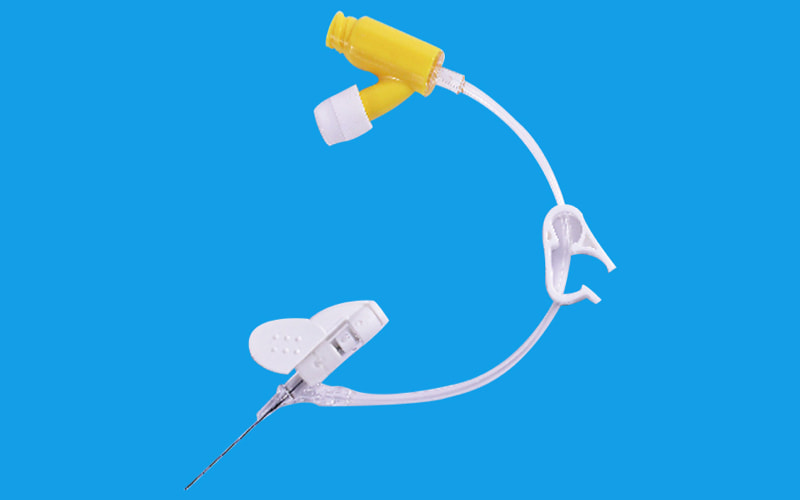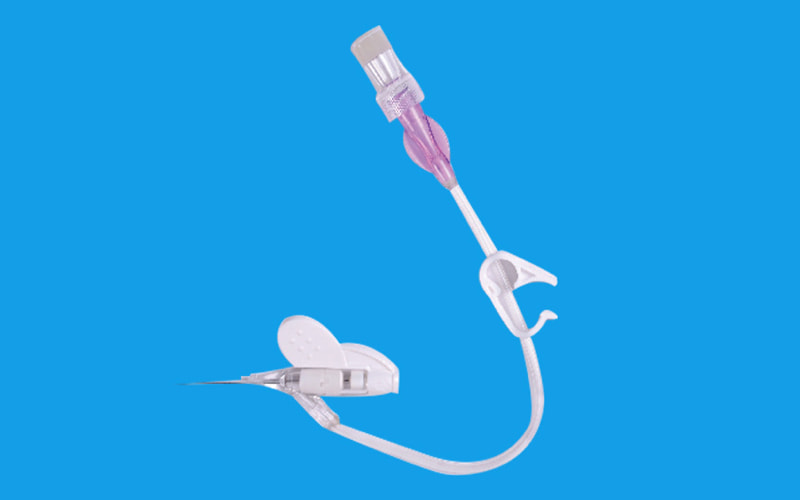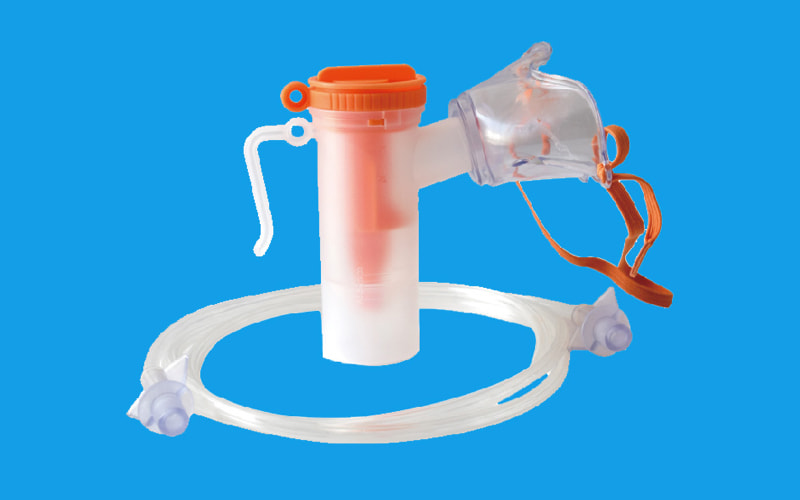How long can the intravenous indwelling needle stay
The intravenous indwelling needle can be kept in the blood vessel for 5-7 days. However, some people believe that it will be left for about 15 days. If it is an adult, the venous indwelling needle and the indwelling site should be properly selected, and the local area should be well maintained. The indwelling time can be appropriately prolonged if there is no inflammatory reaction. The main reason that affects the time of venous indwelling needle is the occurrence of phlebitis. In addition, unskilled puncture technology, incorrect sealing method, patients' own diseases such as hemodynamic changes, increased vascular permeability and other factors may lead to liquid leakage, catheter blockage or prolapse, resulting in catheter failure.
The key component of the venous indwelling needle is the catheter around the stainless steel needle, which is made of plastic. Conduits were made of plasticized PVC (1950s and 1960s). Due to the shortcomings of small molecule plasticizer and high viscosity, it was soon replaced by fluorinated ethylene propylene copolymer (FEP) (since 1970s). FEP has the advantages of excellent blood compatibility, chemical inertia, self-lubricating, easy processing and molding, and high hardness, which is conducive to venipuncture. The hard feature is both the advantage and disadvantage of FEP catheter. Higher hardness will produce strong mechanical stimulation on human blood vessels, resulting in higher incidence of endothelial cell damage and inflammation (such as phlebitis) related to FEP cannula; FEP catheter is easy to bend, which will cause catheter blockage, and the catheter must be replaced. At present, domestic venous indwelling needle manufacturers use FEP to prepare indwelling needle catheter.











